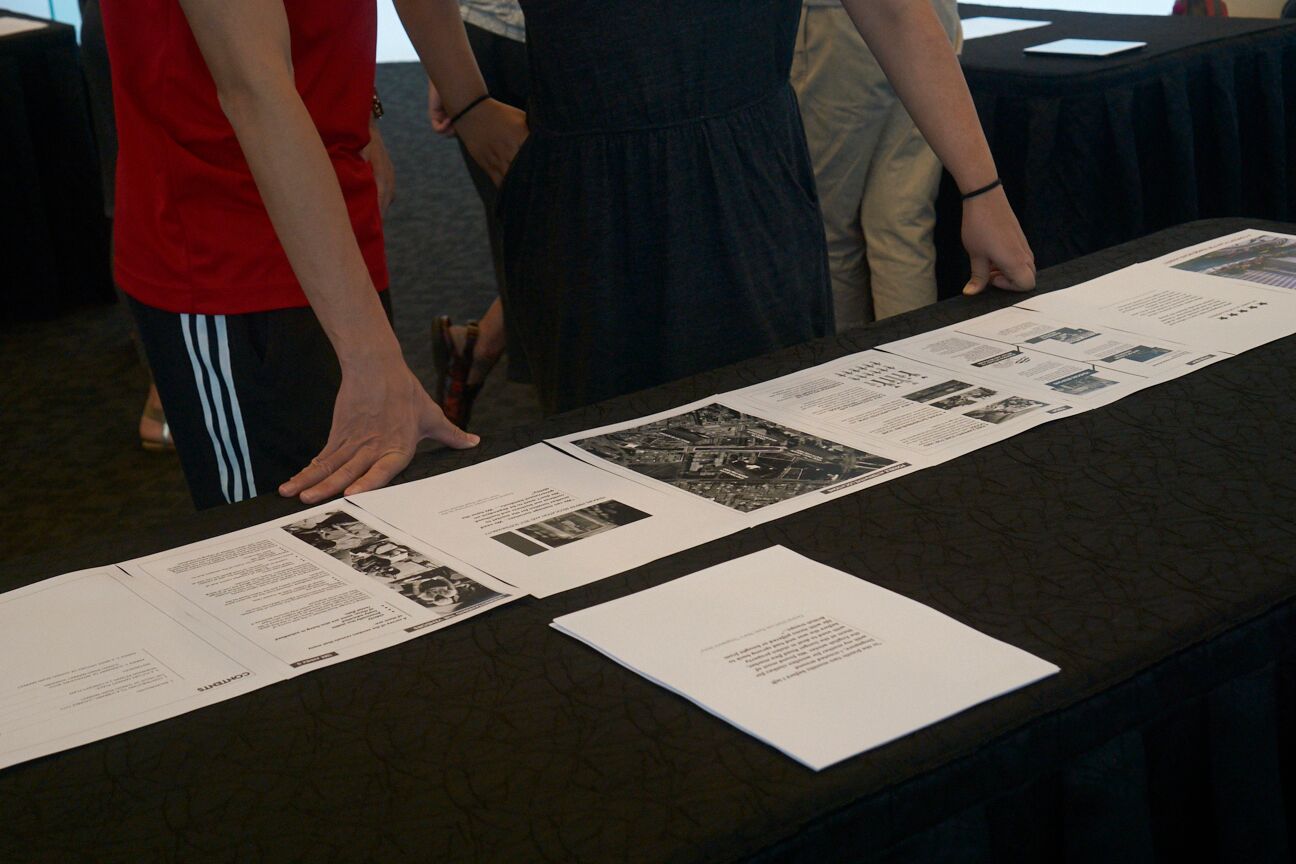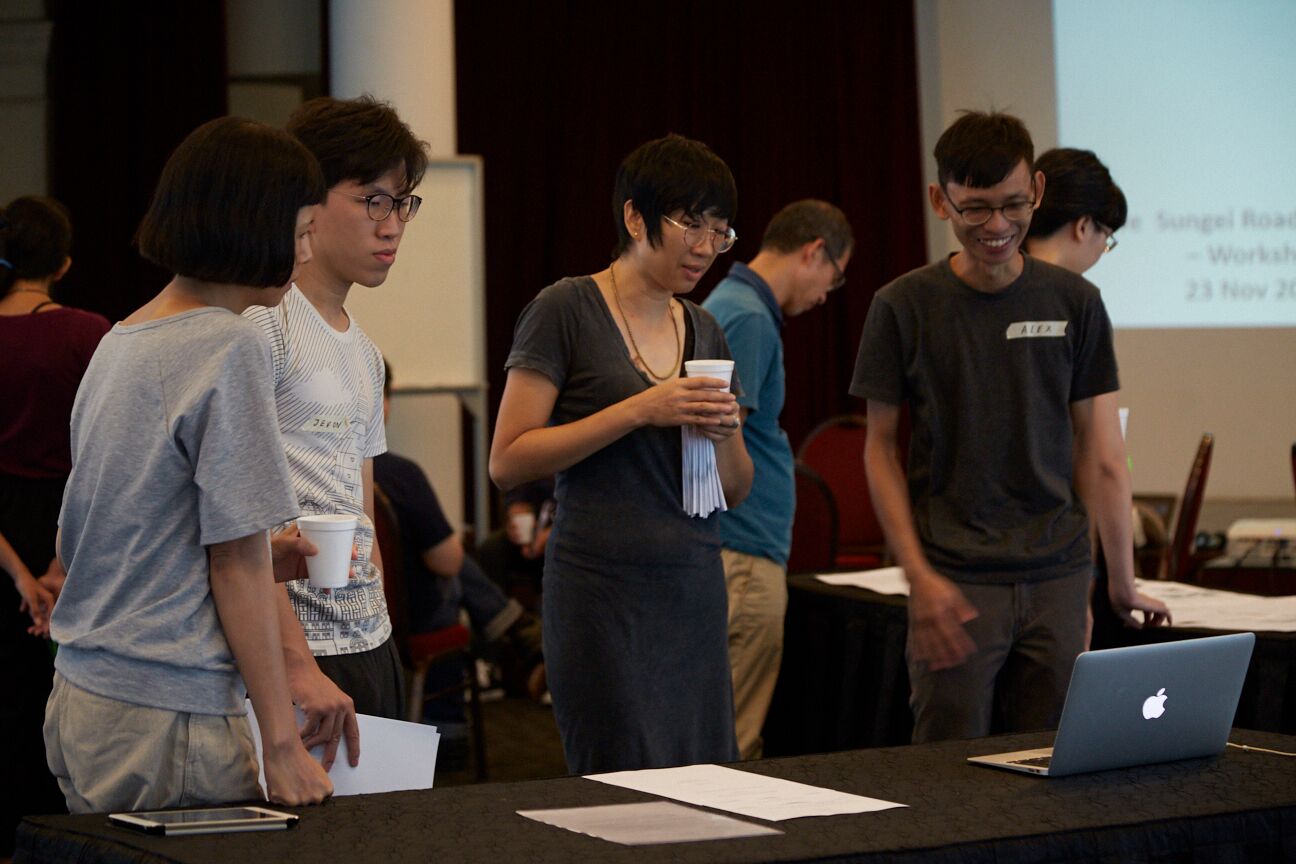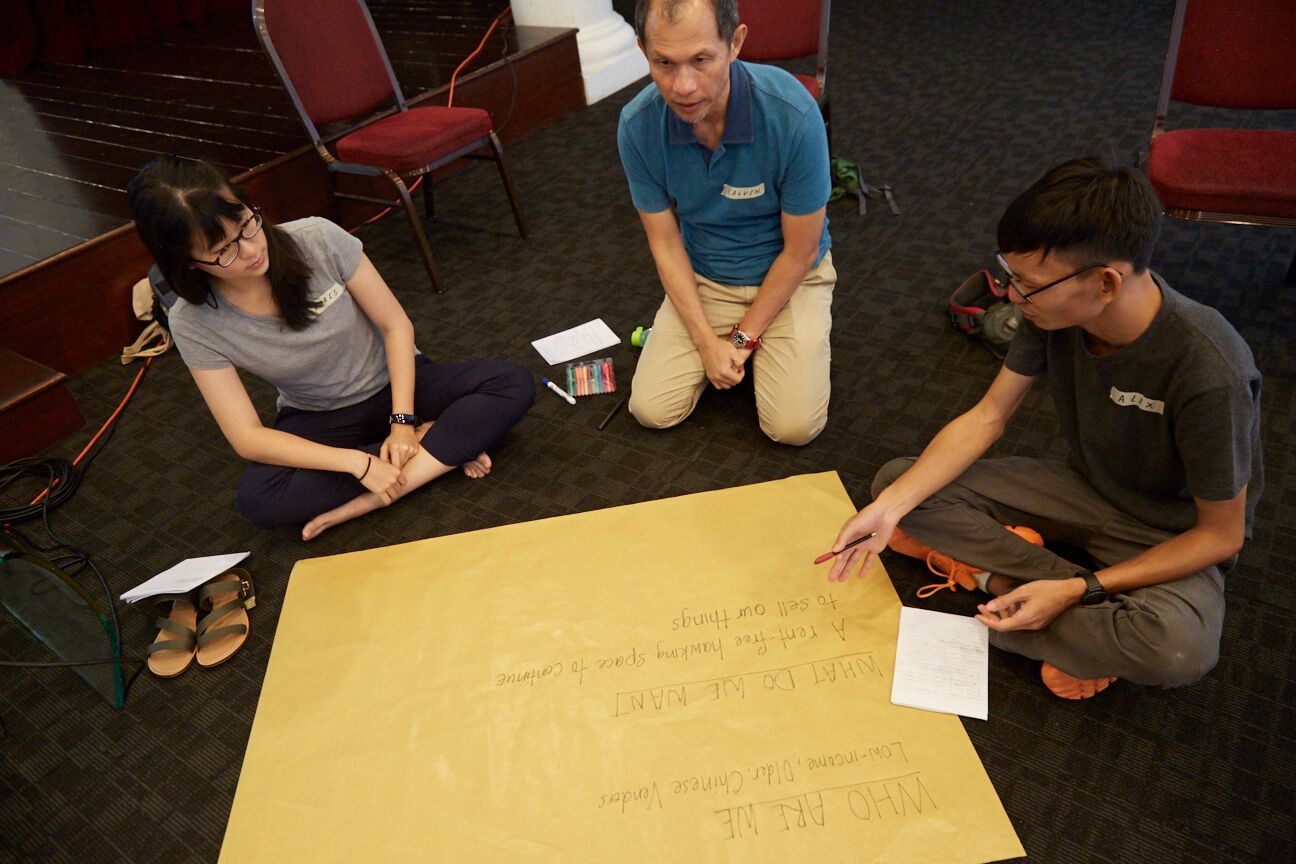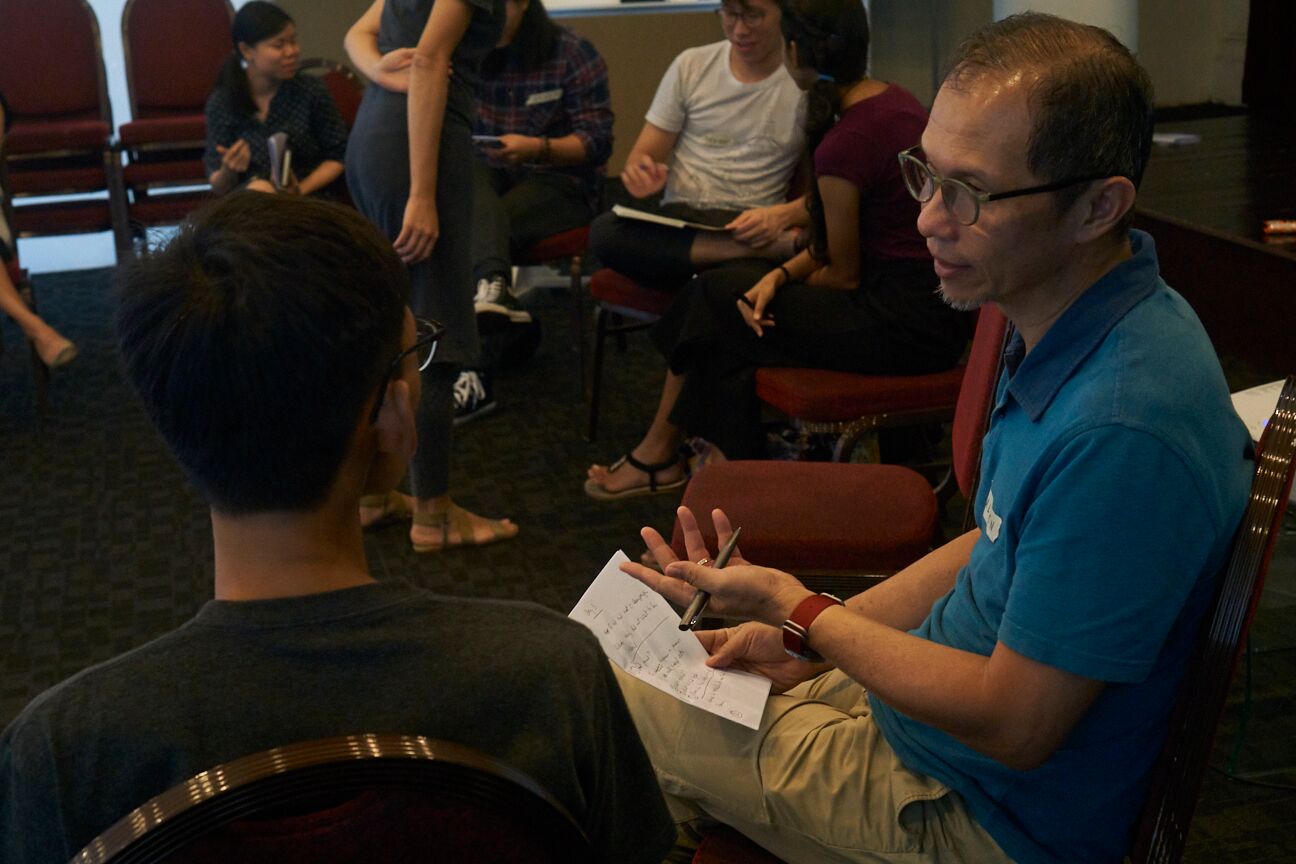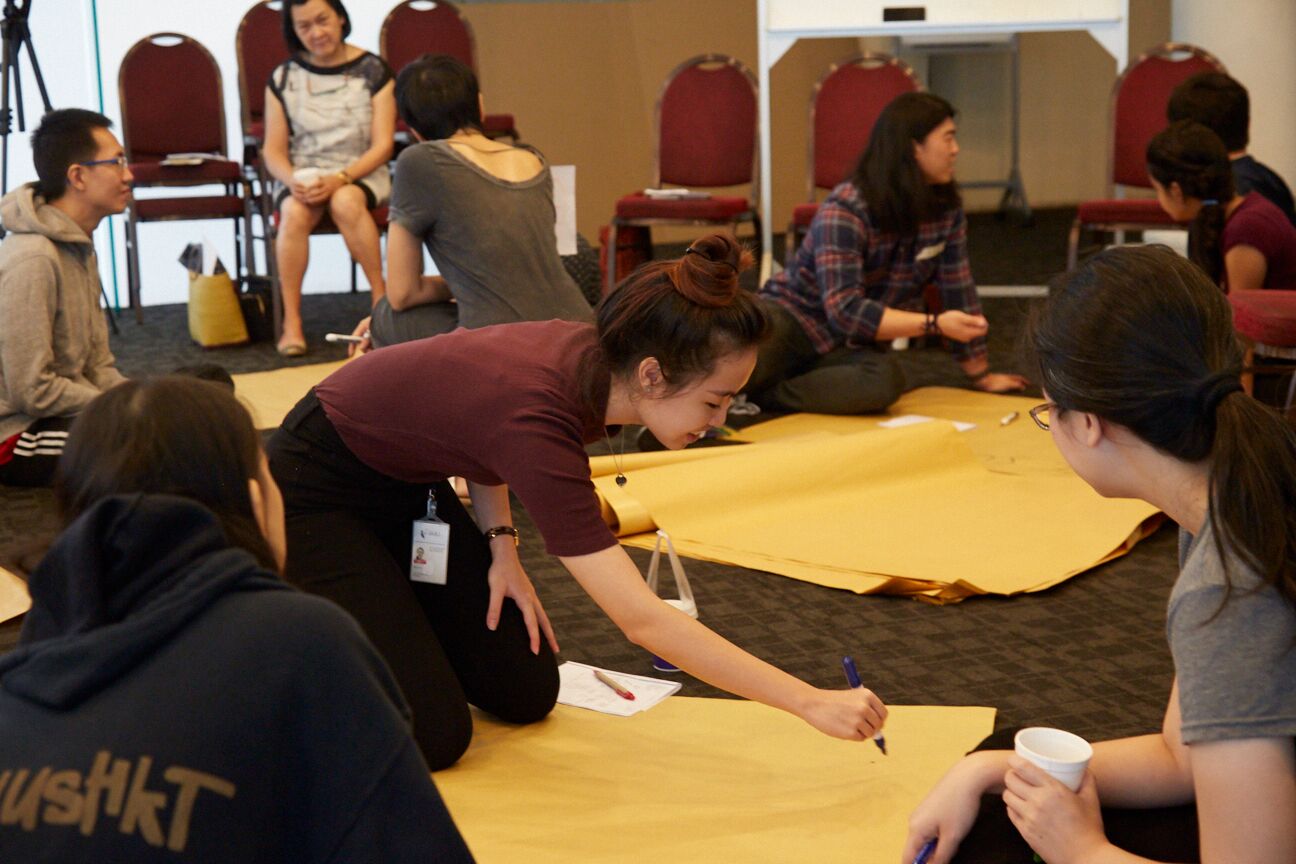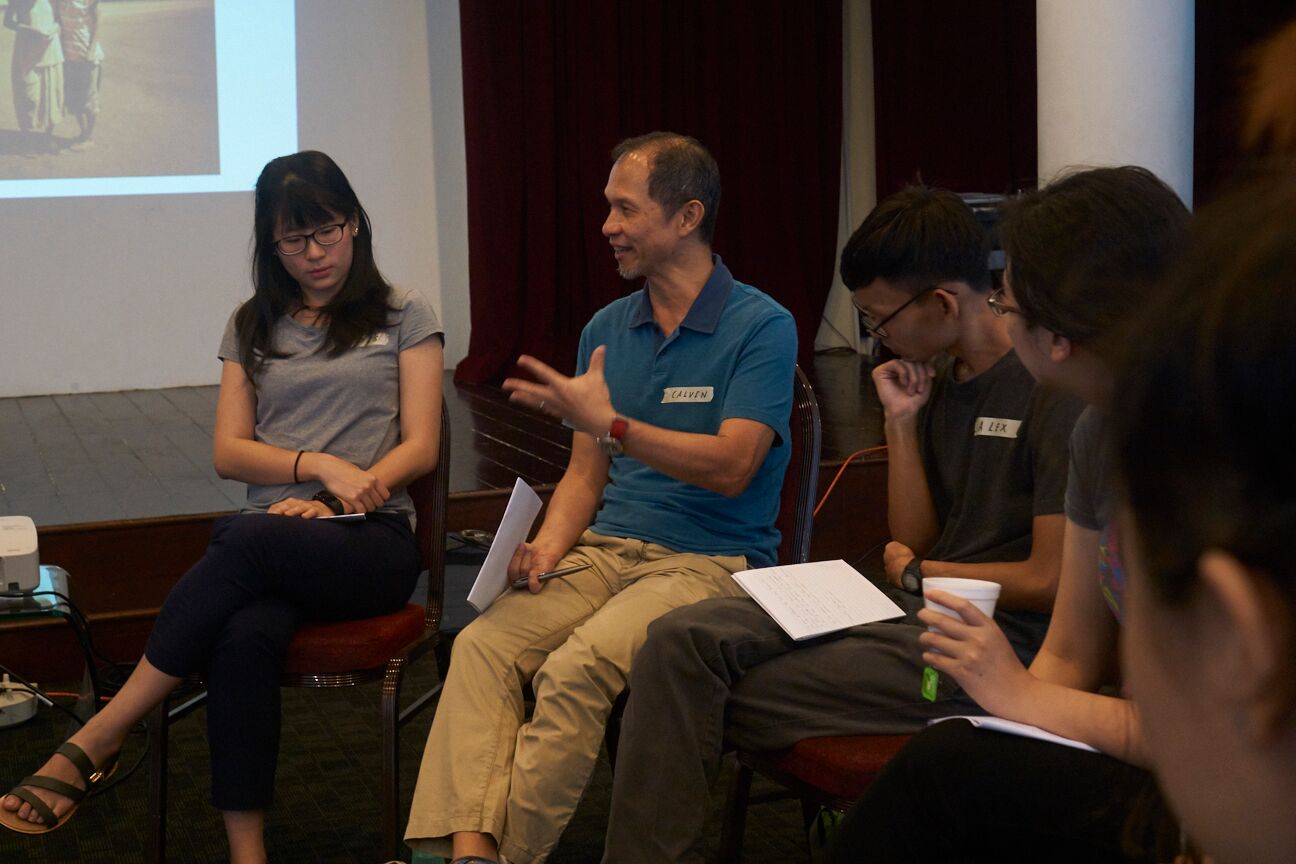In a 3-day hands-on seminar (21-23 November 2017), we explored the topic of conviviality in participative and social art practices. Brack invited reflections from the participants who came from diverse interests in art, research, and other professional backgrounds, as well as the facilitators themselves. The aim was to continue the conversation post-workshop, and to provide opportunities to engage with each other and the material. Among the respondents was Calvin Chong. READ MORE about the #ArtofConviviality.
BRACK: Please share with us your personal thoughts on CONVIVIALITY or other big
words that jumped out at you during the workshops
CC: Conviviality is not a value that everyone shares. The assumption we were holding on to at the workshop was that people are reasonable so that if we create processes or reduce power differences, we can resolve issues and make the world a better place. This ideal however runs contrary to realities out there. We thus need to grapple with the hard realities of human nature at its lowest and human situations at their worst. There are situations in life which are intractable. There are people in life that laugh at terms like conviviality and defy the word.
On personal reflections from the workshop:
CC: I came with a very big interest in two things. The first was to learn about processes deployed by socially engaged artists that help to create conditions of conviviality in the city or community. These could be upstream educational processes or downstream reconciliation processes. The second was my curiosity about who in Singapore would be interested in similar work.
Prior to coming to this workshop, I had just participated in week of consultation with a group of Christians from different parts of the world to work out the Christian faith community’s response to the United Nation’s New Urban Agenda (NUA). This gathering of Christians was in preparation for a second gathering that immediately followed which involved many other religious communities sharing their responses to the NUA. What UN Habitat was seeking were views from religious communities on keeping cities sustainable in the future through participation in youth leadership/development, urban design, environmentalism, creatives and arts engagement, community development, etc.
Having spent the week with youth development specialists, urban planners and architects, attending the Conviviality workshop was like an extension of those earlier meetings. This time however, it was with local arts practitioners.
As far as learning about processes was concerned, yes the sessions provided many good examples. Some were shared verbally, others were presented through Powerpoint, yet others were found in the experiental activities we participated in. One of these activities – the German conflict situation – was processed during the group feedback session. It was initially difficult to relate to. I liked that it took us to the point of identifying many voices, but it didn’t seem to help us to move beyond that. This invitation to identify as many stakeholders as we can in a conflict situation was probably the most important lesson I learned.
This lesson on identifying many stakeholders hit home hard when we did the Save Sungei Road activism campaign. In that session, the government was set up as a distant, strawman stakeholder that you can poke holes at and the charges against government gave the argument a JC debate feel which lacked nuance. It would have been interesting to pursue a line of enquiry which was less hostile toward the government and which teased out sympathetic voices from there. It would have had a different effect.
But that’s just the nature of activism work. You only exist for that cause. It’s often your own cause, not the cause of convivial living that is on the agenda. In spite of that, I really thought the exercise was well done and I really commend Biyun for all the work put in.
As for who amongst artists in Singapore are actively involved, thank you so much for bringing together a circle of local practitioners who were willing to share their work. That was such a fantastic feast. Whether they served as great examples or whether I agreed with how they did what they did is a separate matter. Just the richness of having so many locals participating in social engagement work in Singapore and elsewhere was such a highlight for me.
At one point, I found myself saying, “Wow, we have so many great thoughtful locals in the industry we can learn from! We should have more practical engagement processes that we participate in!” What I feel remains lacking amongst our presentors is experience as field practitioner educators.
For future sessions, I would like to see better educational processes demonstrated in the workshops run by our local artists. I say this as a hope for the industry because some of my best takeaways and some of the most powerfully simple and reusable conviviality-related processes have been gleaned from earlier drama games and drum circle workshops.
On practical application:
One of my favourite projects shared must be Jeffrey Tan’s “Open Homes”. The concept was fresh and I could see its impact on the ground.
I think listening to how fellow participants responded in the workshop was also a great learning point. It really helped that we had so many young intellectuals participating in this workshop. That was really interesting and insightful.
As for some of the examples that featured research processes, it was a a little ironic that they lacked clear artistic expression by way of process or product.

